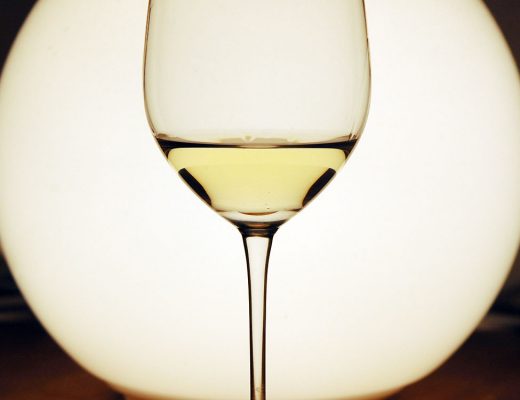Most wine producers will tell you wine is made in the vineyard (alongside overdelivering on quality and other such wank phrases). But what if it isn’t?
Ok, so you can’t make a silk purse out of a sow’s ear and your fruit does need to be good for starters – but a tasting at Frogmore Creek in Tasmania’s Coal River Valley today put the influence of the winemaker back in the limelight.
Winemaker Nick Glaetzer, of the renowned Glaetzer family, says, “Terroir is important but the winemaker can also play a role in making a wine more exciting.”
His team have been experimenting in the winery to see what they can do with its Pinot Noir fruit.
And with most vineyards in Tasmania still lacking old vines, winemaking techniques seem to be crucial to create more interesting wines. “I thought that because we were not getting the complexity from old vines we had to be something about it,” adds Glaetzer.
This experimentation breaks the current mould of winemakers telling us that their wines are made in the vineyard with minimal intervention.
Glaetzer showed us nine wines from the 2007 vintage. The Pinot Noir grapes were picked at the same time from the same block but were fermented differently. Kicking off with a ‘control’ wine, the flight included everything from a 100% carboic maceration ferment to a co-ferment with Chardonnay. Interestingly the Chardonnay addition seemed to make the wine more supple and velvety with a pronounced nutty character.
Curiously, there was an Amarone style wine that had been produced from riper grapes. Compared to the control wine it produced a richer style of wine, fuller in body with heaps of black cherry and raisin-like flavours not seen in the control wine. The tannins were more abundant too. It shared the fleshy mid palate of the control wine but little else. If I hadn’t been told it was the same wine, I would never have guessed.
The ninth wine was the final blend, which includes 25% of the Amarone style wine with the other components each representing 5-8%.
This process is followed every year with components of the 2011 Pinot blend including a splash of a Pinot Gris-Pinot Noir blend “which looks a bit baggy,” admits Nick, and a Gewurztraminer-Pinot Noir batch, displaying a weird combination of Pinot red fruit flavours alongside orange and exotic spice.
The tasting messed with my brain, combining some techniques and blends that my palate had never experienced. It is also interesting to see the many expressions of one terroir, and that the winemaker’s decisions from minimalist to interventionist do impact on that expression.

